QuestionIam thinking of buying an Appaloosa i would like to do some jumping and xcountry,is this breed good at jumping?
AnswerFrom April Reeves, Horseman's U.com:
Hello Debbie,
The Appaloosa can be a fairly good jumping horse. Let's go over some of it's attributes.
First, the original foundation Appy's had really good bone. Their legs were almost indestructible, and because of their spotted coloring, they tend to have great feet. Their bone joints seem to take a bit more abuse than many of the other breeds, especially their back hocks.
They are strong and clever, with willing minds and generally lots of 'get up and go' when you need it. Their bodies have good muscling, the kind you need to power over wider fences. They have a jumping style that's unique to them also: their strong hindquarters have an extra push and they tend to look 'spring loaded'. This may be why many of them are in the jumper arena and not the hunter arena.
A few things have happened along the way in the last 20 years that have given the original Appaloosa a bit of a set back for jumping, in my opinion. Crossing them with Thoroughbreds and Quarter Horses did change some of their original structure, especially in the legs and feet. Thoroughbreds and Quarter Horses are not known for being superior in this area, and some of the foot problems have been passed 'on, such as smaller, narrow feet, cracking, splitting and general poorer structure. Also, the disappearance of their coloring has changed the Appy's foot, as the 'striping' that was prevalent in the older stock was what gave them the strength and elasticity (the blending of both white and black horn).
While many would state that there are specific breeds that are best for jumping, with ALL breeds, the ability to jump depends on several factors. 1. Build. Is the horse built appropriately? Does he have the muscling in the shoulder and hindquarters? Is his back too long? Is his neck long and placed well? 2. Bone density and feet. Does the horse have enough foot to resist the impact damage? Are his bones capable of the same, with good structure, density and angles? 3. Attitude. Is he a willing partner or challenging?
I have had the honor to show and jump some very fine Appaloosas. One in particular, Miss Friskee, was one of the horses I did my highest jump on (5'9"). Although she had every ounce of ability, it was staying on that powerful leap she gave that was the challenge. It's almost like a deer. But once you get the hang of this unique ability, all other horses seem to be easier. Not all Appaloosas today jump with this characteristic, but I have a student who has a 'leaper'. Her little tail of about 20 hairs goes straight up in the air on every jump, no matter how small.
When you look for your Appy jumper, there are several things to check for before you look further. And do this BEFORE you fall in love with them.
First, is feet. If the horse has small, narrow or crooked feet in any way, I say thanks to the owner and walk away. There is no substitute for feet.
Next, there are structural sections on the horse that take a lot of punishment during jumping. Besides the legs, the shoulder is one of the areas that older jumpers tend to have chronic pain. Shoulders are not attached by bone: they stand alone, attached by powerful muscle and ligaments. They have no collar bone like humans do. This enables the horse to use that shoulder as a shock absorber, galloping at high speeds smoothly and effortlessly. In a jumper, look for strong muscles, and good sloping angles to the shoulder. If the horse has depth and width, carry on. If he is narrow and 'weedy', or very upright, walk away, especially the Appy's with narrow shoulders and wide hips. All that weight will be bearing down on the shoulder of the horse on landing.
Next comes legs. I start from the side, and if any front leg is over or under at the knee, it's a no. This is one area where Appaloosas shine. I have rarely seen one who is over or under at the knee. Next, are the front legs straight when viewed from the front? If the base is wide, but they come down and meet at the hoof, walk away.
Are the back legs reasonably straight? I have found that a slight cow hocked horse can jump and withstand abuse well. Also, it's not easy finding a perfectly straight back leg. The side angles need to be correct. When the horse stands square, are the back legs nicely under or camped out? When a horse is standing square, from the side, if you drew a vertical line from the back point of his hip, down, does that line run along the back side of his back leg, or does his back leg stand out or in from that line? If it does not line up along the back of his leg straight all the way down, walk away. I have found the Appaloosa to be one of the better breeds for good leg structure.
Do his hocks have ample bone? Jumpers break down in the back hock area as this joint is one of the last joints to push and move.
Pasterns: too long is weak, too short is uncomfortable. The pastern angle must match the shoulder angle. When the horse walks, how much 'give' does the pastern have? Too much give, where the fetlock joint 'falls' down when he walks or trots, means he will give out sooner. Not enough 'give' and he is set up to take too much vertical impact, which over time, will break down.
When looking for a jumping horse, if the physical structure does not match these qualifications, you run the risk of putting valuable time and energy into a horse who may break down just at the point where he is getting good at his job. There is no point in taking a horse who is not meant for jumping and trying to make a jumper out of it.
Should your Appaloosa meet these requirements, explore the rest. What type of temperament does he have? While most negative equine temperaments are human error, how much can you handle or improve? I check to see how spooky the horse is, and what is his reaction to scary things? How much ground work am I willing to do? If the horse is built perfect, I'm willing to do lots of groundwork. I have found Appaloosas tend to need desensitizing, but once you establish this, they become solid, reliable partners that don't require continual re-establishing like the hotter breeds do. Once they get it, they get it.
And finally, can the horse jump? If you are looking at an Appy who has no jump experience yet, ask them to put the horse on a lunge line and see if it will go over a few small jumps, 6 inches to 1 foot if possible. Watch for the style the horse uses. Does the horse pull it's front legs up, or does it shove them under it's shoulder? You want a horse with a good tuck up front. Those horses who drop their legs under their front chest have to not only jump higher to get over, but need longer time to bring the legs forward to land, and can get into serious problems if they get into trouble. If the horse has this style, walk away. If it tucks well up front, watch his body style. It's called 'bascule'. The horse tends to 'round' his body up and into an arc, stretching his neck forward and down.
Watch that the horse does not plow through the jump. Horses that tend to be lazy or plow through, can be difficult to retrain. Once they know how easy it is to knock something over, it's difficult to get that out of their heads. Appys have dense bone structure, and can get into this style if allowed. They are very smart, and often see no reason to use effort when it's easier to simply move the jumps aside.
If you notice he jumps with his head high and his back hollow, it is likely you may never train this out of the horse. There are horses on the circuit today who jump with this style, just from the sheer power these horses have to launch themselves. If your Appy jumps 'flat' but has exceptional power, and you are looking for a jumper, not a hunter, and are hoping to do the 3'6" to 3'9" courses, take another look. Appaloosas tend to be brilliant at powering over almost anything. If everything else looks good (feet, legs, muscle, structure, temperament), and at the end the horse jumps flat but powerful, keep the number and keep looking. But look quickly. This may be the right horse.
One jump that tests for bascule is an ascending spread. Horses have to stretch and round to jump this well, and it tends to 'teach' the horse a bit more style. If you set up a very small jump, with a one foot spread, one foot high at the back and 6 inches at the front, this may test the horse's ability better. Once the horse is comfortable with this, spread the little jump out 6 inches.
Appaloosas are very versatile and make great companions. They are very pretty as well, especially the spotted ones. If you get a good Appy, and work it carefully, you will have a great horse at the end of the day.
Good luck in your pursuit of a jumper Debbie, and let me know what you find. Send me a photo at: info@horsemansu.com. If you want an evaluation of a few horses, send me the side and front shots and I will help with this.
Also, if you like this response, let AllExperts know!
April Reeves, Horseman's U.com

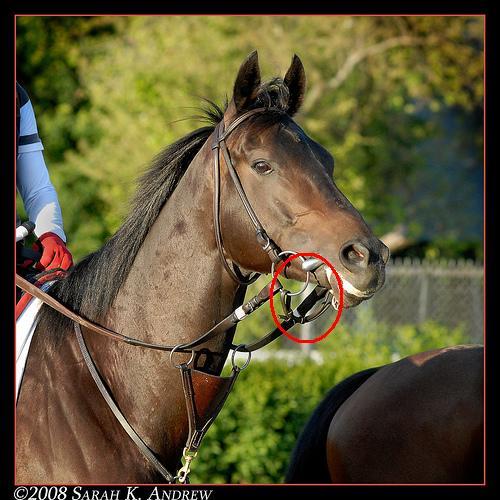 chin straps for horses
Question
chin strap
hello sir, what is the use of chin
chin straps for horses
Question
chin strap
hello sir, what is the use of chin
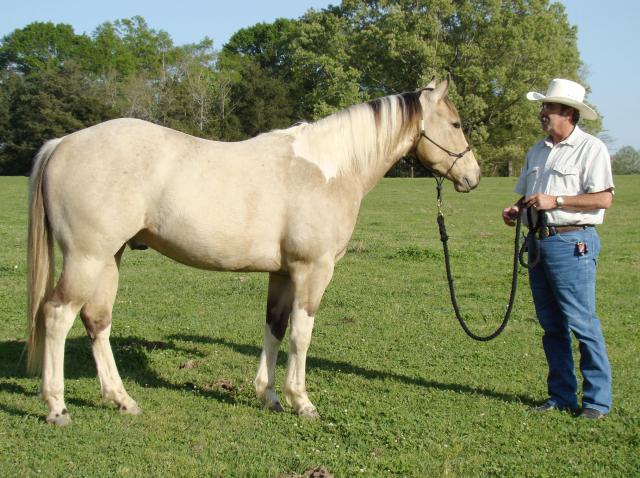 My horse has a bad habbit.
QuestionI bought a Walking horse about 2 weeks ago, he
My horse has a bad habbit.
QuestionI bought a Walking horse about 2 weeks ago, he
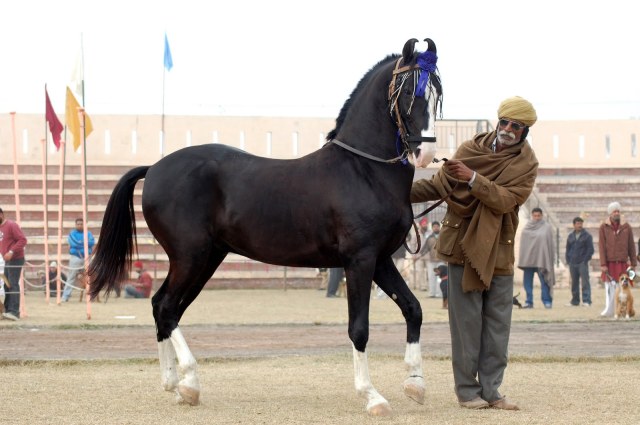 please judge this horse confirmation
Question
please judge this hors
hello, this is a marwar
please judge this horse confirmation
Question
please judge this hors
hello, this is a marwar
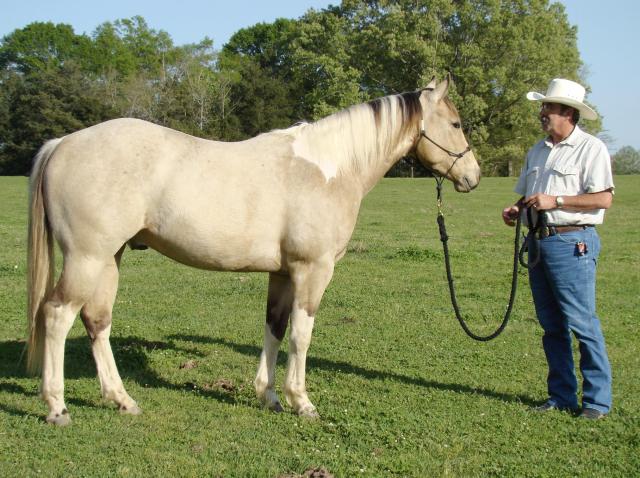 Bit problem
QuestionI have an 8 year old quarter horse mare.
Bit problem
QuestionI have an 8 year old quarter horse mare.
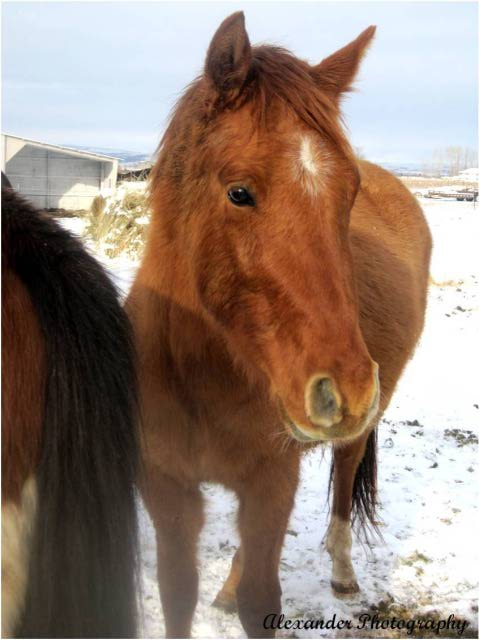 Colt Refuses to be Caught
Question
Spartan
Hi,
I have a 2 year old colt n
Colt Refuses to be Caught
Question
Spartan
Hi,
I have a 2 year old colt n